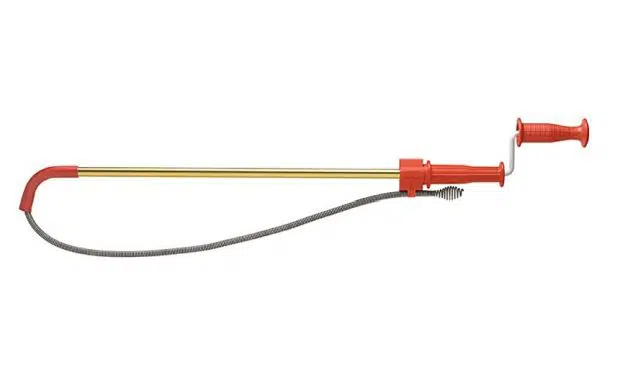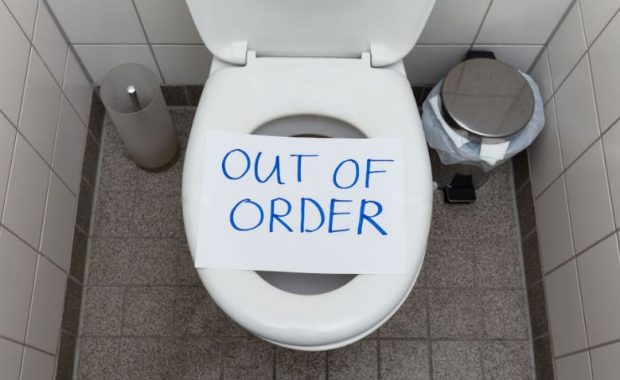There’s no feeling quite like watching the water-level rise ominously in the toilet bowl. Often unhygienic, messy, and even embarrassing, a blocked
Toilet Backup into Shower Guide (Solutions of 2024)
Ladies and gentlemen, hold on to your loofahs and plungers, because we're about to dive into the murky world of bathroom plumbing. Let's talk about
Never Flush These Things Down a Toilet
People are always in doubt about what they can and can’t flush down a toilet, and it’s for a good reason - some things can clog a toilet pretty
Toilet Plunger Comparisons of 2024 – Toiletable
Let's face it: a clogged toilet or sink is a real pain in the drain. And when it happens, most of us will grab any plunger within arm's reach and hope
Poop Clogged Toilet Guide (4 Tricks)
A poop-clogged toilet is one of the most common bathroom problems. We’ve all dealt with it, or had another unlucky soul do it for us, at one point or
Plunging a Toilet Guide
There’s no denying that toilet clogs are an inescapable part of life. As the water level rises so does our panic. It’s a problem that needs solving
Unclog a Toilet Like a Pro with Tips & Tricks
A clogged toilet is one of the most common misfortunes we all experience. Have you ever been at someone else's house and clogged their toilet? You







